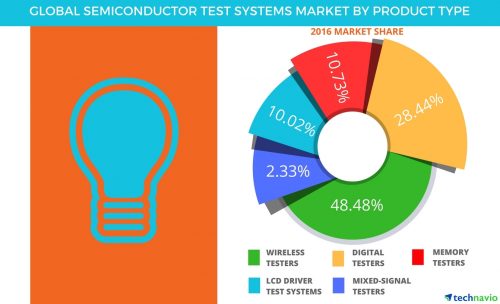5G technology is back in the driving seat as the connectivity platform for connected and autonomous vehicles in Europe, after European Union member states rejected a European Commission vote to choose a Wi-Fi based system for vehicle communications.
A widening cross-industry group – combining prominent members of the automotive, telecoms, and technology sectors – appears to have been heard by member states, a number of which had initially backed a new Wi-Fi based standard, called ITS-G5, as a means to underpin a so-called ‘Cooperative-Intelligent Transport Systems’ (C-ITS), on the grounds it is available already.
In the end, 5G-based cellular vehicle-to-everything (C-V2X) technology, which remains some years away, won through in the members’ vote – which required support from 55 per cent (16 out of 28) countries to over-turn the April decision by lawmakers to back ITS-G5.
C-V2X is backed by Audi, BMW, Daimler, Deutsche Telekom, Ericsson, Huawei, Intel, Nokia, Qualcomm, and Vodafone, among others. Germany, France and Italy were among 21 countries, in total, to vote against the ITS-G5 proposal at a Brussels meeting, according to Reuters.
These companies claim cellular-based technology will prove to be the strongest solution for vehicular communications, in support of the C-ITS template, and the European Commission’s stated ‘Vision Zero’ framework, which sets out a strategy for zero road deaths by 2050.
The Wi-Fi based ITS-G5 system had been backed by Volkswagen, Renault, and Toyota, and Dutch silicon manufacturer NXP Semiconductors. The proposal for ITS-G5 will now go before ministers next week (on July 8), when they are expected to uphold member states’ vote to reject it.
Commisoner Violetra Bulc commented: “Let me reiterate why Europe needs C-ITS and why it needs it now. It will save lives. It will give us a global comeptitive edge. It is good for our industry and will help us lead on automation. We cannot miss this opportunity and lose valuable time to make our roads safer. We will therefore continue to work together with member states to address their concerns and find a suitable way forward.”
China and the US are already backing 5G-V2X for connected vehicles. On Twitter, Mats Granryd, director general at the GSMA, said: “Just got back in the connected car race against the US and China. Thousands of lives and jobs will be saved with this cutting edge technology. Europe [will] also save billions of euros in a more seamless single marlet”
Lise Fuhr, director general at the European Telecoms Network Operators’ (ETNO) Assocation, commented: “Europe is heading towards a future-proof technology. The decision ensures European innovation is not left behind. Mobile solutions and 5G are back in the road safety picture. The automotive industry is now free to choose the best technology to protect road users and drivers.”
Dino Flore, vice president for technology at Qualcomm, said: “This is an opportunity to rethink the regulation for connected cars in Europe. We now need a new framework that includes C-V2X and a path to 5G,”

